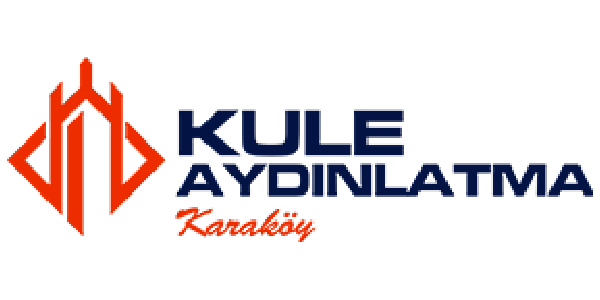Excess stock refers to inventory that is at the end of the product life cycle. It has either not been sold or has been stored for a long time and is not expected to be sold soon. There can be many different reasons why your business has excess inventory; overbuying, inaccurate sales forecasts, canceled orders, a weak economy, unforeseen external factors, uncertain consumer demand, late or early delivery of goods are all reasons for mismanaging inventory demand.
Sometimes businesses can have a wrong policy when they consider many products important and keep them on the shelves much longer than they should. This is because they want to sell products at the most profitable price scale. However, such an approach can erode profitability through overstock problems. Slow-moving inventory is often much more expensive to hold and manage and creates cash flow problems. So even if you sell your products according to your pricing strategy, at the end of the day you can still make a loss. Therefore, slow-moving inventory should be removed in a planned manner to avoid extra costs. Having too much inventory is directly related to loss of revenue.
What are the Important Causes of Excess Inventory?
There can be many different reasons for excess inventory in your business. There must be certain reasons behind having too much inventory on hand and you should analyze them. Below are the top 5 reasons for excess inventory and you can use them to optimize your inventory.
- Inaccurate Sales Forecasts – The first and most obvious reason is the inability to accurately forecast expected demand. Businesses use different ways and strategies to forecast consumer demand. However, many of them end up being unreliable and outdated methods. These analyses can eventually lead to bad forecasts. The market can be complex and demand variability high.
- Uncontrolled Inventory Management System – The inventory management team should be responsible for a number of tasks. For example, making transactions, placing orders, purchasing and all other tasks related to sales. When the management system is not organized, this will result in poor inventory tracking and ordering errors.
- Inability to Manage Old Stock – Even if you have a proper inventory management system, sometimes things can get out of control. If you end up having too much stock, you have to be ready to manage it somehow. Expecting that your old inventory will run out at some point in the future is not the right approach. You don’t want to ignore your slow-moving inventory. Obsolete inventory will affect your profits and create a lot of costs. So make sure you have a team working to improve the inventory process and reduce excess stock.
- Long Lead Times – Make sure everyone in your supply chain, from suppliers to manufacturers, adds a safety factor to lead times. It’s important to buy extra time in case something unplanned happens. Long lead times result in an inefficient supply chain. It is important that everyone in the supply chain process provides you with a realistic lead time estimate.
- Unreliable Suppliers – Having reliable suppliers is crucial for successful inventory management. Imagine you place an order early enough. But your supplier holds the goods for an unknown amount of time and you end up receiving your order late. So the next time you place an order, you will buy much more than you need to meet future demand. So you risk having too much stock. That’s why it’s important to work with suppliers who are reliable and deliver orders on time.
How to Get Rid of Overstock?
We’re finally getting close to the most important question that plagues all business owners. We offer you the best techniques to get rid of excess stock, but make some profit from it.
Discount stores: These stores are known to sell original products of famous brands at low prices. Discount stores take surplus goods, seasonal products, other low-demand goods and sell them at lower prices than other channels. Businesses can consider selling their excess stock to these retailers and generate some revenue.
Discounts: If the product category allows, you can offer big discounts on excess inventory and accelerate sales.
Charity: While giving your stock as a donation may not generate any financial income, it can boost your brand image and public awareness, which can benefit your business in the long run.
Giveaways: This is a method used by companies to increase brand awareness and build a strong bond with customers. With this method, companies can get rid of excess inventory and strengthen their brand image without making a financial profit.
Bundle: You can bundle your fast-selling and overstocked products into compatible packages. In this way, you both make the customers who buy that product happy and present your stocks to the audience related to your brand.



















